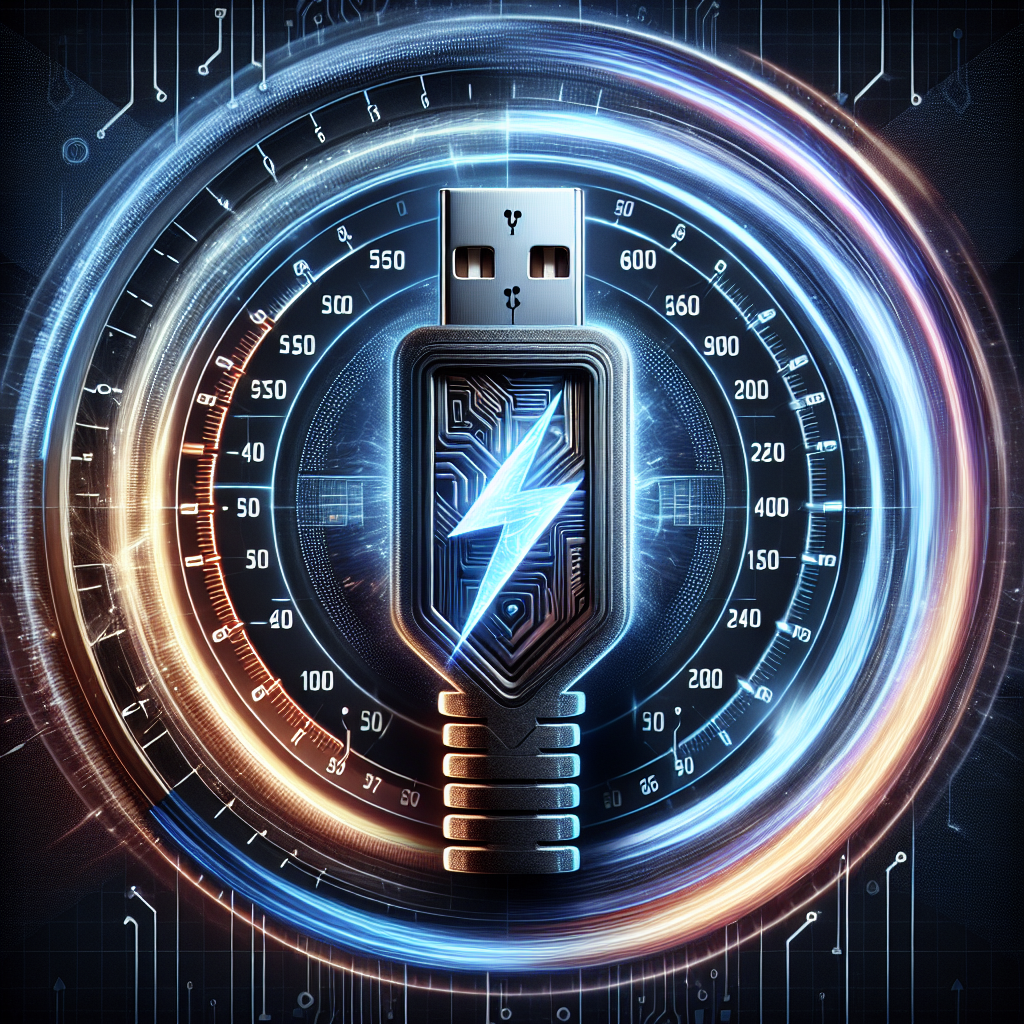Fix today. Protect forever.
Secure your devices with the #1 malware removal and protection software
With the increasing demand for faster data transfer speeds, USB 3.0 has become a popular choice for many users. This high-speed interface offers significant improvements over its predecessor, USB 2.0, including faster data transfer rates and increased power efficiency. However, in order to maximize the potential of USB 3.0 for faster performance, there are a few key factors to consider.
One of the most important things to keep in mind when using USB 3.0 is the type of devices you are connecting. While USB 3.0 is backward compatible with USB 2.0 devices, you will only be able to achieve the faster speeds of USB 3.0 if both the host device (such as a computer) and the peripheral device (such as an external hard drive or flash drive) are USB 3.0 compatible. If either device is only USB 2.0 compatible, you will be limited to the slower data transfer speeds of USB 2.0.
Another factor to consider is the quality of the USB cables you are using. While USB 3.0 cables are designed to support the higher data transfer speeds of USB 3.0, not all cables are created equal. Using a low-quality or damaged USB cable can result in slower data transfer speeds or even connection issues. It is important to use high-quality, shielded USB 3.0 cables to ensure optimal performance.
In addition to using compatible devices and high-quality cables, optimizing your computer’s settings can also help maximize the potential of USB 3.0 for faster performance. Make sure that your computer’s USB drivers are up to date, as outdated drivers can cause compatibility issues and slow down data transfer speeds. You can also adjust the power management settings on your computer to ensure that USB 3.0 devices are receiving enough power to operate at their maximum speeds.
Finally, consider using USB 3.0 hubs or docking stations to expand the number of USB 3.0 ports available on your computer. This can help you connect multiple high-speed devices simultaneously without sacrificing performance. Just make sure that the hub or docking station you choose is also USB 3.0 compatible to avoid bottlenecking the data transfer speeds.
In conclusion, USB 3.0 offers significant improvements in data transfer speeds and power efficiency over USB 2.0. By using compatible devices, high-quality cables, optimizing your computer’s settings, and using USB 3.0 hubs or docking stations, you can maximize the potential of USB 3.0 for faster performance. Whether you are transferring large files, backing up data, or connecting multiple devices, USB 3.0 can help you achieve faster and more efficient data transfer speeds.
Fix today. Protect forever.
Secure your devices with the #1 malware removal and protection software

Leave a Reply
You must be logged in to post a comment.